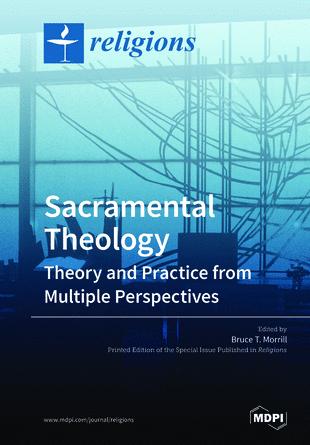Sacramental Theology

Sacramental theology is a branch of Christian theology that studies the nature, significance, and function of the sacraments in the life of the Church. Sacraments are considered visible signs of invisible grace, instituted by Christ, through which divine life is dispensed to believers. Here’s an overview of sacramental theology:
Definition and Purpose
Sacrament: A sacrament is a sacred rite recognized as a means of grace and a tangible expression of God’s presence. Sacramental theology seeks to understand how these rites serve as conduits for divine grace and how they function within the broader context of Christian faith and practice. Each sacrament involve specific rites and rituals and is believed to confer grace and spiritual benefits on the recipient.
Key Components
- Institution by Christ: Sacraments are believed to have been instituted by Jesus Christ. For example, the Eucharist (or Communion) is traced back to the Last Supper.
- Efficacious Signs:Sacraments are seen as effective signs that not only symbolize grace but actually confer the grace they signify. This effectiveness is not dependent on the personal holiness of the minister but on the act itself, performed with the proper intention and in accordance with Christ’s institution.
- Visible and Invisible Elements: Each sacrament has a physical element (like water in baptism or bread and wine in the Eucharist) that signifies an invisible, spiritual reality.
The Seven Sacraments
In many Christian traditions, particularly Roman Catholicism and Eastern Orthodoxy, there are seven sacraments:
- Baptism: Initiates a person into the Christian community, washes away original sin, and imparts sanctifying grace.
- Confirmation: Strengthens the grace of baptism, imparting the Holy Spirit to help the faithful live out their Christian commitment.
- Eucharist (Communion): Commemorates the Last Supper and Christ’s sacrifice, believed to be the true body and blood of Christ under the appearances of bread and wine.
- Penance (Reconciliation/Confession): Provides forgiveness of sins committed after baptism through confession and absolution by a priest.
- Anointing of the Sick: Offers spiritual and sometimes physical healing and strength to those who are ill or near death person.
- Holy Orders: Consecrates a man to the ministries of deacon, priest, or bishop, granting the grace necessary to perform their sacred duties.
- Matrimony (Marriage):Union between a man and woman in a lifelong covenant of love and partnership, reflecting Christ’s union with the Church.
Theological Perspectives
- Roman Catholicism: Views the sacraments as necessary for salvation, emphasizing their role in imparting grace. The Church teaches that the sacraments work “ex opere operato” (by the work performed), meaning their efficacy is due to the action itself, performed with the proper intention.
- Eastern Orthodoxy: Similar to Catholicism, the Orthodox Church emphasizes the transformative and mysterious nature of the sacraments, often using the term “mysteries” to describe them.
- Protestantism: Views on sacraments vary widely. Mainline Protestant denominations typically recognize only Baptism and the Eucharist as sacraments, viewing them as ordinances instituted by Christ. The emphasis is often on their symbolic and memorial aspects rather than their efficacy as means of grace.
Importance and Impact
Sacramental theology underscores the importance of physical elements and communal rites in expressing and experiencing faith. It highlights the incarnational aspect of Christianity—that God uses tangible means to convey spiritual realities, affirming the goodness of creation and the material world. Click here to read more about the Sacramental theology
Conclusion
Sacramental theology is a rich and multifaceted field that explores how certain rites and practices serve as vital conduits of divine grace within the Christian tradition. Whether viewed as essential means of salvation or powerful symbols of faith, the sacraments play a central role in the life and worship of Christian communities worldwide. Visit this link to read more about the church doctrine




Leave a Reply